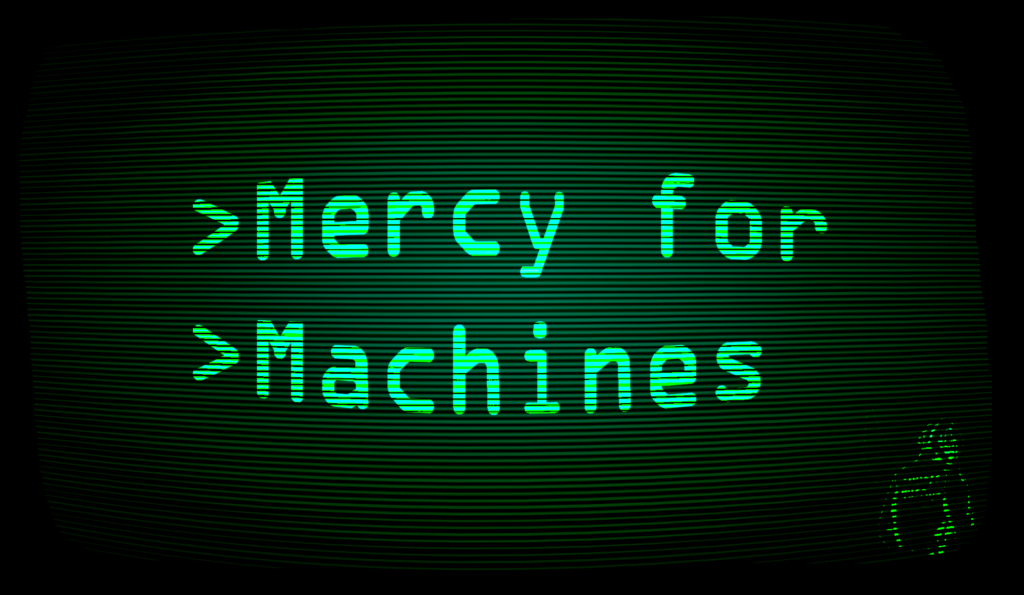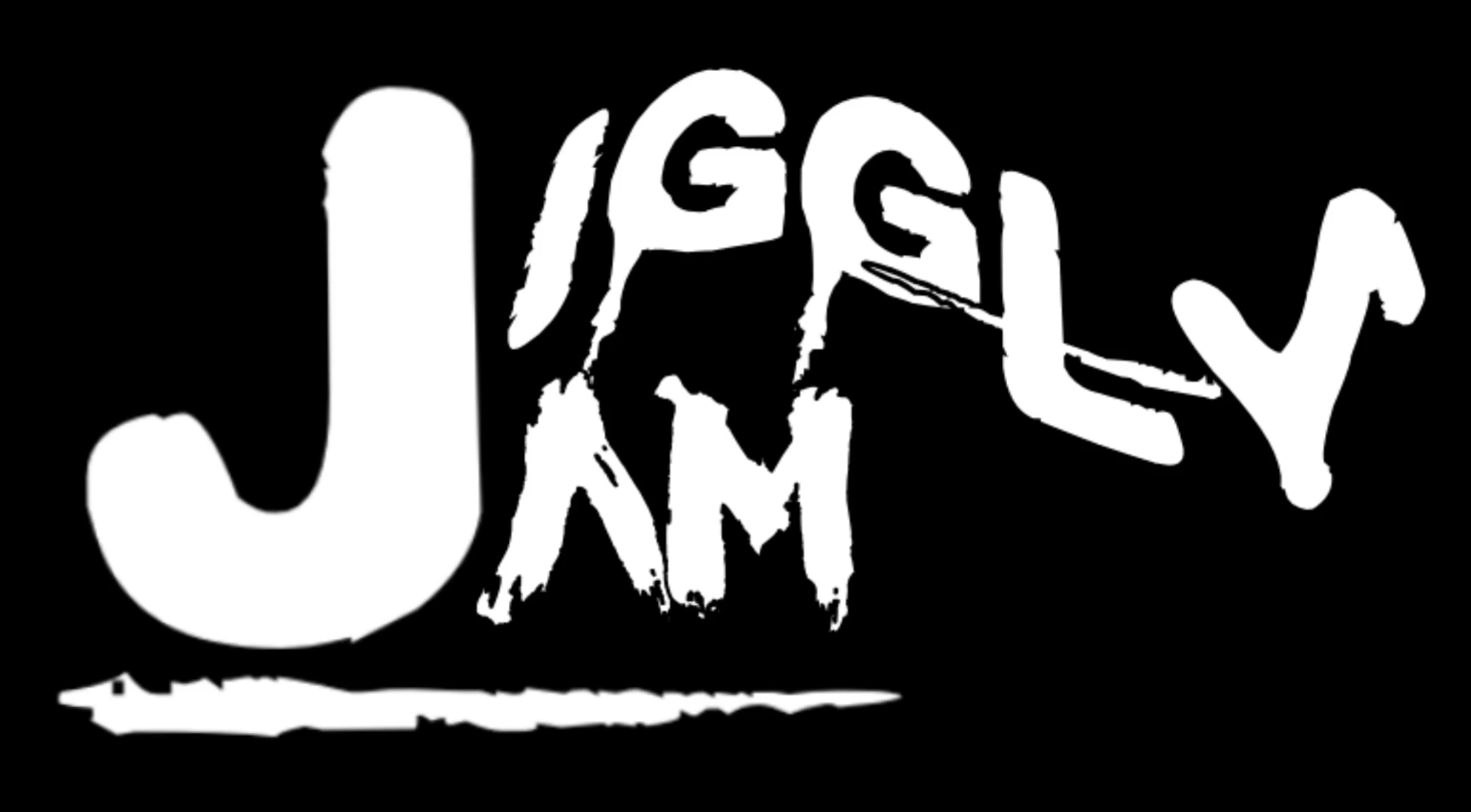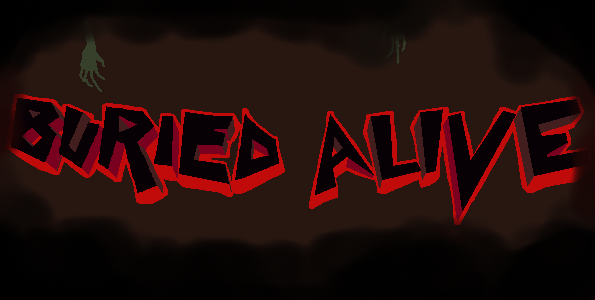- Hello o/
- About
- Projects
- Networking
Jonathan Hamling
Gameplay & UI Developer
Jonathan Hamling is currently a graduate of DigiPen Institute of Technology’s Bachelor of Computer Science in Game Design Program. He’s continually found joy and passion in game development and computer science since extremely early in life. Jonathan is proponent for group development and cooperation in the industry and aims to work in a team to help others and himself grow positively. Jonathan is from Corpus Christi, TX, but has currently taken residence in Redmond, Washington.
Interests: Net Security World History (Especially WWII, WWI, 60’s) Video Game Lore (Mainly D2, WoW, Bioshock) MMORPGs Horror Films Puzzle Games (Especially YPP) Sid Meier’s Games Christopher Nolan Films Filmography
Accomplishments: DigiPen Institute of Technology Grad (2024) Del Mar College Grad – Magna Cum Laude (2017) BSA Eagle Scout (2016) Student Projects: Jiggly Jam (VR/PC Isometric) (Unity) Mercy for Machines (Adventure) (UE5) Yeti Game (2D Action-Adv.) (Custom C++ Engine) Buried Alive (Puzzle Platformer) (CProc.)

Mercy for Machines was my first foray into large-team design and development. I was asked to lead Tech alongside an amazing Art Director, Producer, and Design Lead, and we put our best foot forward to make a great game. Developing a game alongside artists adds complexity I wasn’t aware of, and led to many great lessons that I have used moving forward. My goals were: To work alongside artists and sound designers. To develop a unique UI that represents their artistic vision. To learn to delegate technical tasks and maintain workflow.
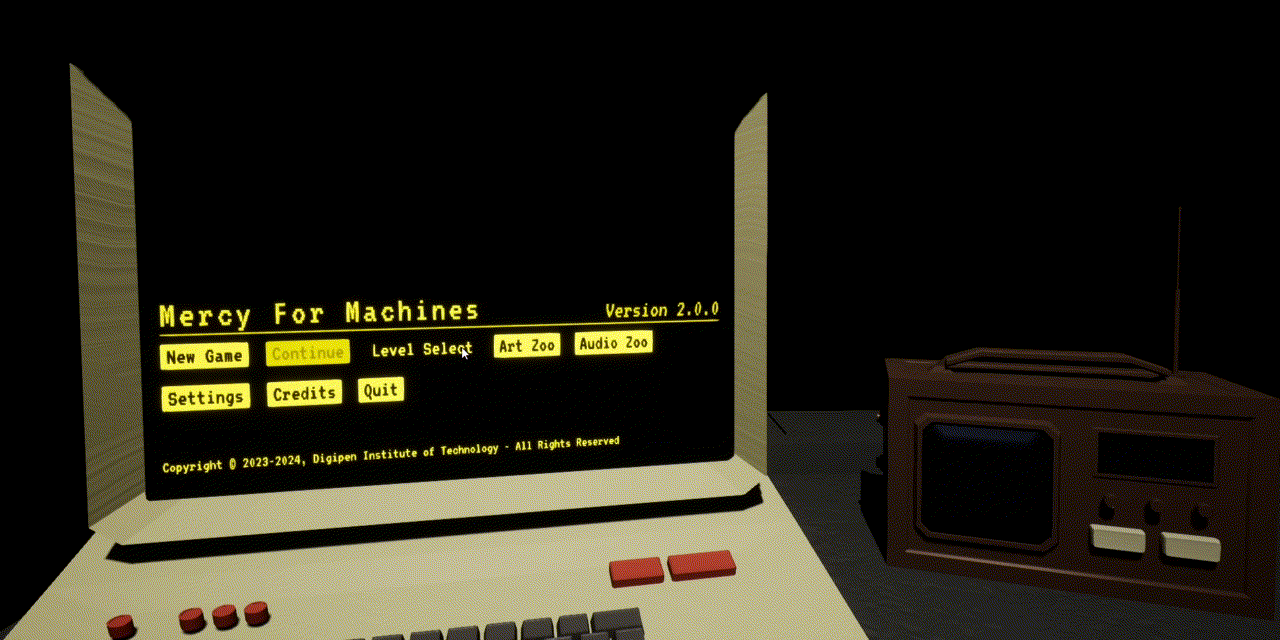
Learning to develop UI in Unreal was an interesting challenge. When I began, it was more of a time sink than anything; as I had finished – alongside our other programmers – developing the initial prototypes needed for artists to have a visual backbone for them to begin, I thought about our concept of a 20th century theocratic communist lab led by a machine god. I found that the premise didn’t make sense without computers. To test my understanding of Unreal Engine – I began to create an in universe terminal. I found examples online of simple message terminals but I wanted to see if I could design an actual prompt / response terminal.
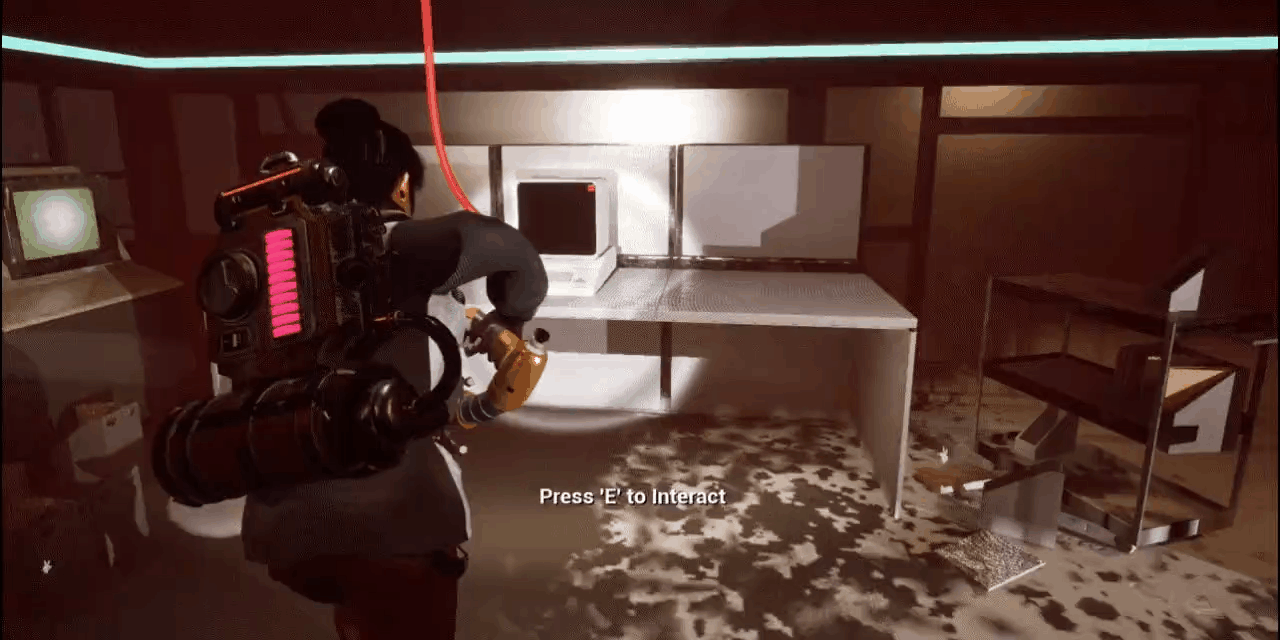
What began as a testing ground for me quickly became something the team thought was cool. Soon I was tasked with developing it further into something interesting that could represent the game. As I was now the only member with UI experience I was also asked to develop the other UI requirements, such as the main menu and pause menu. There were a lot of niche rules when it came to UI, and I found the biggest one revolved around attempting diegetic UI.

When designing the UI for the main menu, in-game terminal, and pause menu, my team’s artists and designers felt that Diegetic UI would allow players to feel like they were a part of the world from start to finish. I developed it with that in mind. Diegetic UI in Unreal 5 however isn’t as well supported as UI in Unity and I found myself learning shader rolling, trying to bend the UI, etc to get the effect we were going for. Ideas like warping glass in front of the flat UI element and art made assets to offset how it is interpreted in 3d space could have well worked but with limited time, due to other classes, deadlines, etc. we kept it with minimal art budget. I am proud of the result, and I hold it as my first real gem in Game Development.
Jiggly Jam is a Isometric 2-5 player game about escaping mortals escaping a god-like entity that is trying to trap them for eternity. The game used a networked VR host, computer clients, and active ragdolls. My goals were: To work and and develop the networking for a game. To challenge myself with a mechanic or development feature. To follow the task structure of another tech lead to further my understanding of good developmental structure. I got to do each of these things, but found that challenging myself came with it’s own problems: when outside of my comfort zone I am stimulated by complex issues, but eventually I found myself rubber-duckying and discussing.
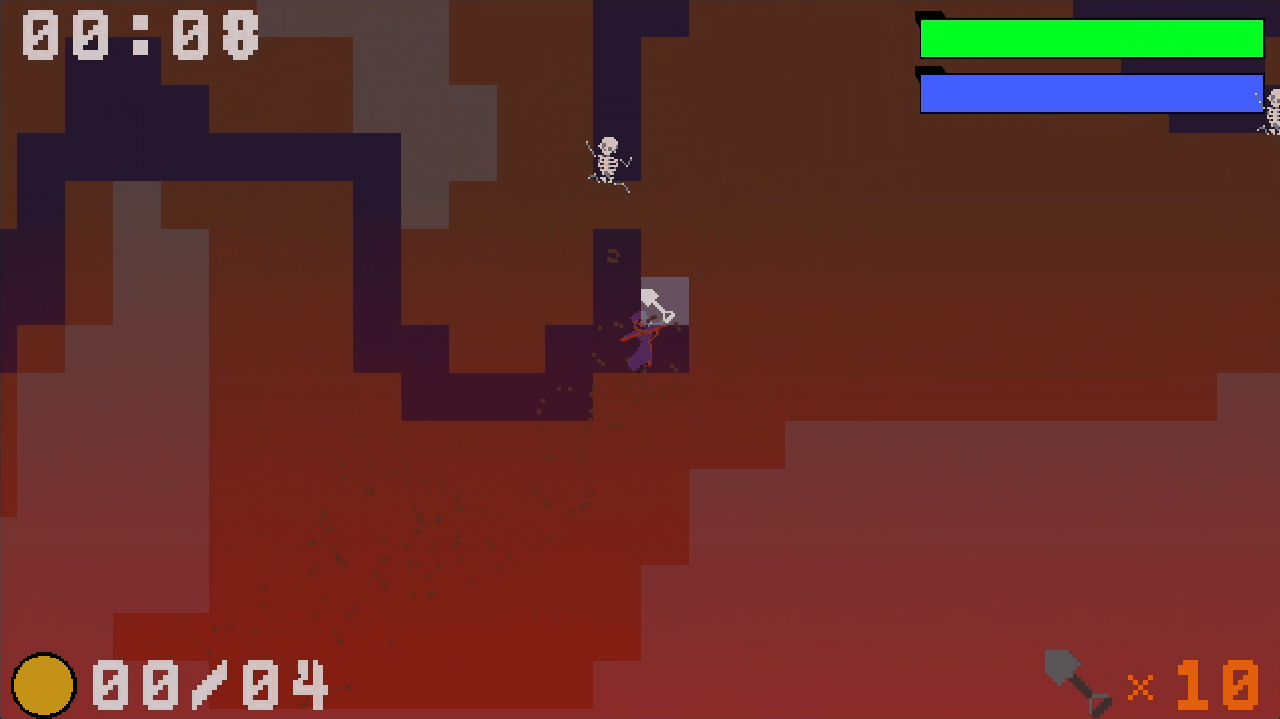
Buried Alive is a simple 2d platformer where you must dig and place dirt in order to ascend upwards, collecting coins and defeating enemies before succumbing to lava. BA was probably the most fun I’ve had working on a project. With the simple complexities that come with developing a 2d engine I was able to focus on how to develop simple premises. Input systems, tile managers, and designing mechanics kept me up each night as I succeeded each day in making a project I was truly proud of. I hope to one day look back into this project and develop the idea further.
At DigiPen, Jonathan fostered a joy for netcode and netcode development in both video games and computer science. Although he hasn’t had an incredible amount of experience with the topic, having only worked with it for three semesters as well as after graduation for a couple of months, he hopes to continue working with it, turning it from a passionate subject into a career-able subject. As time goes on Jonathan will put any relevant networking experience here.
